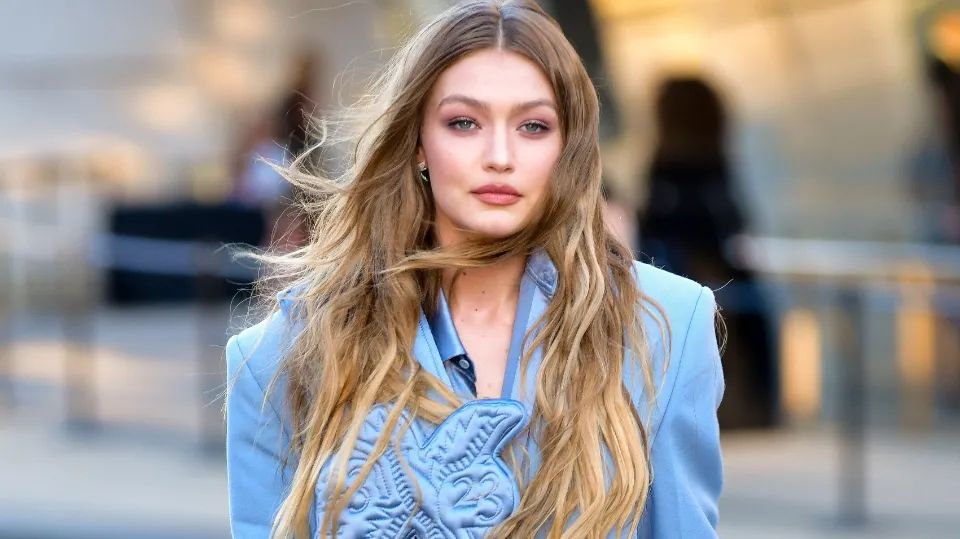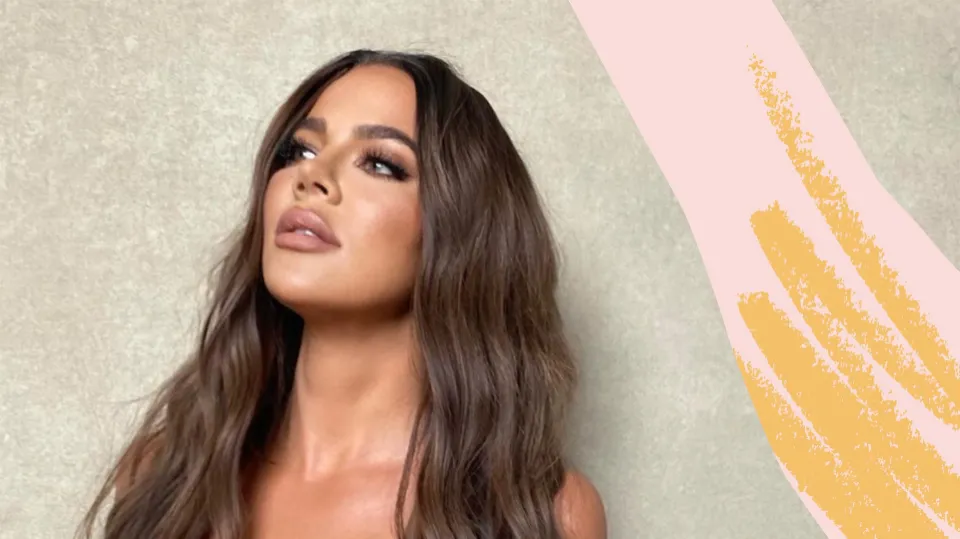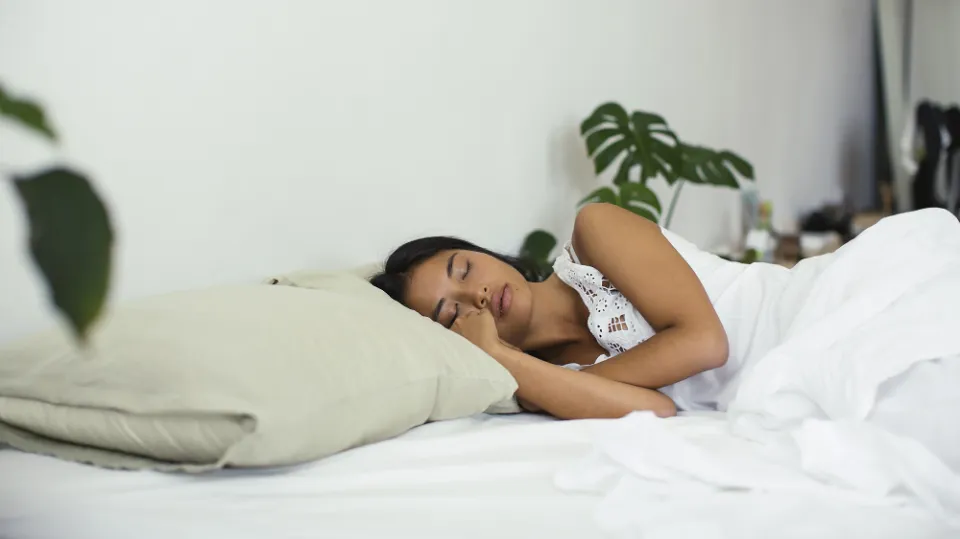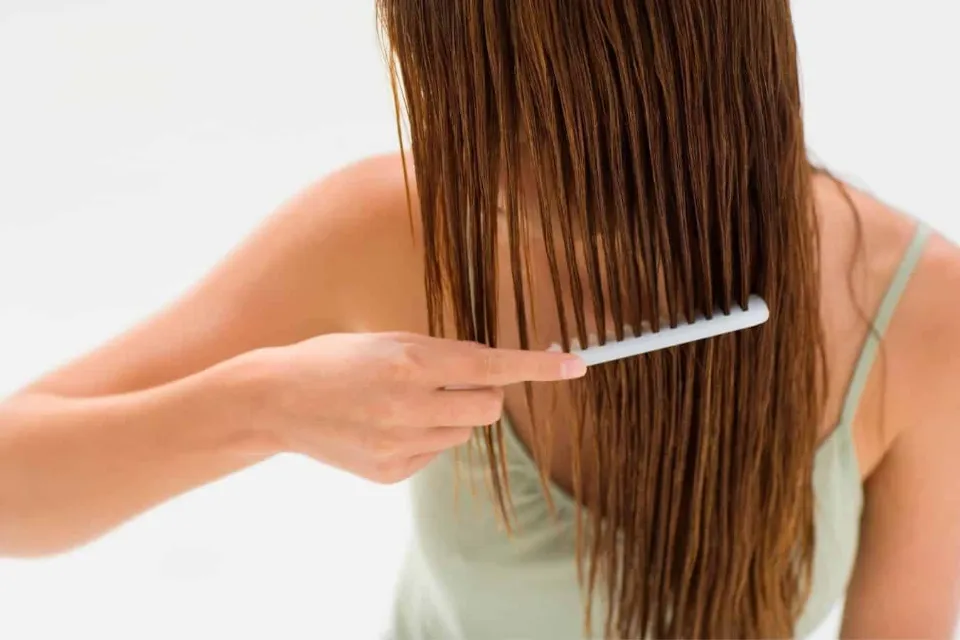Want to know how to dye bleached hair back to natural color? You should definitely use our guide.
Never fear if you followed the current trend of bleaching and coloring your hair to achieve the beachy blonde waves but are now regretting your decision. After putting your hair through a harsh bleaching process, there is a way for you to restore its natural color.
Going back to your natural hair color after bleaching is not a quick fix, but with a little time and preparation, it is doable.
Here are a few suggestions to help you restore your hair to its natural color if you’d like to.
How to Dye Bleached Hair Back to Natural Color?
To restore bleached hair to its natural color, refer to the instructions below.
1: Grow It Out
Allowing your roots to grow a couple of inches is the first step in growing out dyed hair. Be bold and take the risk. Negative social media commentary should be ignored. Don’t forget your hair goals or the reason why you’re doing this.
Soon enough, you’ll arrive, and everything will have been worthwhile.
2: Get Balayage Highlights Or Lowlights
Depending on your goal, the next step is to ask your colorist to add blonde, brown, or reddish balayage highlights or lowlights. The natural color that peeks through in your roots will blend in seamlessly with the rest of your colored hair thanks to hand-painted hues.
This might be the method for you if you’re looking for a relatively low maintenance way to get your hair back to its natural color.
3: Use High-Quality Products
If you want to learn how to get back to natural hair color, you’ll need to be patient because there isn’t a method or product that will instantly restore your hair to its original shade.
Additionally, any products you use must be of the highest caliber; otherwise, you risk having to wait longer or, worse yet, causing damage. The bleached tone can be diminished and your hair can be kept in good condition with the aid of premium shampoos and conditioners that deposit color.
4: Use Root Concealers for Special Occasions
There are options to cover your roots while you’re going through the process of returning to your natural hair color. Root concealers are a quick fix but are very effective and come in a variety of colors.
As well as dark tones, from brunette to brown and black, there are red and blonde shades. Even unicorn colors are offered by some brands. Creams, powders, sprays, and sticks are some of the best root concealers. These products are simple to use and risk-free at home.
5: Rock Grown Out Roots Because It’s a Trend!
At all other times, however, take pride in your root re-growth because you are utterly fashionable! Take a cue from celebrities with established roots like Drew Barrymore, Ciara, and even Beyoncé, who have all worn this look at one time or another.
Accepting your reality, quitting comparing yourself to others, and loving your mature roots are the best ways to get your natural hair color back.
6: Get Regular Trims
You don’t have to feel completely stuck for hairstyle ideas while your dyed hair is growing out. For routine trims, you should still go to your stylist.
Keep your hair healthy, especially the overprocessed ends. This will help the time pass more quickly and will also make your hair look better while the transition is taking place.
AD
7: Re-Dye
Finding a tone that closely resembles your natural color is another option you have. This may be the quickest solution if you’re concerned that growing out dyed hair will simply take too much time. It’s a bit of a smoke and mirrors strategy because your hair is still technically dyed; it’s just a more natural shade.
If you follow this method correctly, the new color will complement your natural tone, which is one of the biggest advantages. The difference between your natural hair and hair that has been dyed will therefore become less noticeable as it begins to grow out.
It’s best to speak with a qualified stylist first and let them choose the best product for you if you’d like to restore your natural hair color in this way. Because each dye and natural hair have their own levels and underlying pigments, mixing them can occasionally result in unexpected outcomes, such caution is required.
In order to dye bleached hair brown, for instance, it must first be filled with red pigment. Without it, the color might turn muddy or greenish.
8: Get a Haircut
Going for a trim will help you learn how to remove bleach from hair quickly (or the bleach-related color that has been left behind). When you consider it, it makes sense and the shorter you grow, the less growing out will be necessary.
Let your roots grow for at least two inches before going to the salon, to reiterate the first point. The next step entirely depends on how eager you are to regain your original tone or how short you are willing to cut it.
Read More:
What to Do before Dyeing Bleached Hair Back to Its Natural Color
You should wait first before taking action.
You must also wait for at least two months. Although you don’t have to wait as long as Penelope did for her beloved Ulysses, a little waiting is necessary. due to the time required to restore your natural hair color.

You’ll have to wait for your roots, my impatient darling, because that’s where the key to your natural hair color is hidden if you want to truly return to your roots.
Your natural hair color is hidden in that section of your hair, just like in your DNA. Trust it; it will show you what color you were before using bleach and other dyes on it.
Your roots will provide that knowledge to you, but they’ll make you wait two months to receive it. After those drawn-out months, your natural hair color will show through the 1.5–2.5 inches that grow in.
I advise letting your hair grow in at least 1.5 to 2.5 inches so you have enough to work with. The precise rate at which your hair grows varies from person to person, but it’s about an inch to an inch and a half a month.
Even though it might seem like a long wait, everything in life has its ups and downs.
Don’t let waiting bring you down; it might seem like a down. Remember that you can cover those roots with lovely hats and headwraps. And, if you have a really special party or event, you can turn to a root touch up spray that will last until you wash your hair again.
The upside to the situation is that your hair will eventually become healthier. It won’t be subjected to any more harsh color processing, and the harm done by bleaching it will heal.
You can also take care of it by applying hydrating masks and reparative oils. You’ll also have time to cut off split ends, which will hasten the growth of your hair.
It’s crucial not to use any kind of pigment on your hair at this time. None, including temporary dyes that might change your natural color or toning shampoos.
How to Figure Out Your Natural Hair Color
Your natural hair color is influenced by a few uncontrollable factors. These multiple varying factors include:
- The hair colors of your parents and grandparents
- The climate of the place where you were born
- Your ethnicity or familial heritage
- Your genes that include the activation of melanin in your skin and hair
- Your lifestyle and amount of stress experienced from birth through adulthood
- Your diet and overall health condition
It’s crucial to first recognize your natural hair color if you want to restore it after going completely bleach blonde.
In their teenage years, a lot of people started coloring their hair and changing their appearance through cosmetic procedures and age-appropriate hair color changes.
If you find yourself in this predicament and are not exactly sure of your true original natural hair color, consider the following ways to figure it out:
- You might want to look at photographs from birth or childhood
- Ask your parents what your natural hair color was when you were young and if it ever changed naturally without the assistance of dyes from infancy through adolescence
- Take a peek at your roots and what color they are growing as
- Check your driver’s license to see what your hair color listing is
- Think back to how your hair looked before you began bleaching it
- Consider which colors look best with your facial complexion and make an estimated guess
Final Words on How to Dye Bleached Hair Back to Natural Color
After bleaching your hair, you must wait at least two months before going back to your natural hair color so that your roots can show through and reveal your true color.
Once you are certain of the precise shade of your natural color, you can dye it using a dye that is the same shade while avoiding your roots. Only the area of your hair that has previously been bleached should be dyed.
Get regular haircuts to promote hair growth, or you might even want to shave your head to start over with the color that develops.
You May Also Like: Can You Dye Synthetic Hair?




